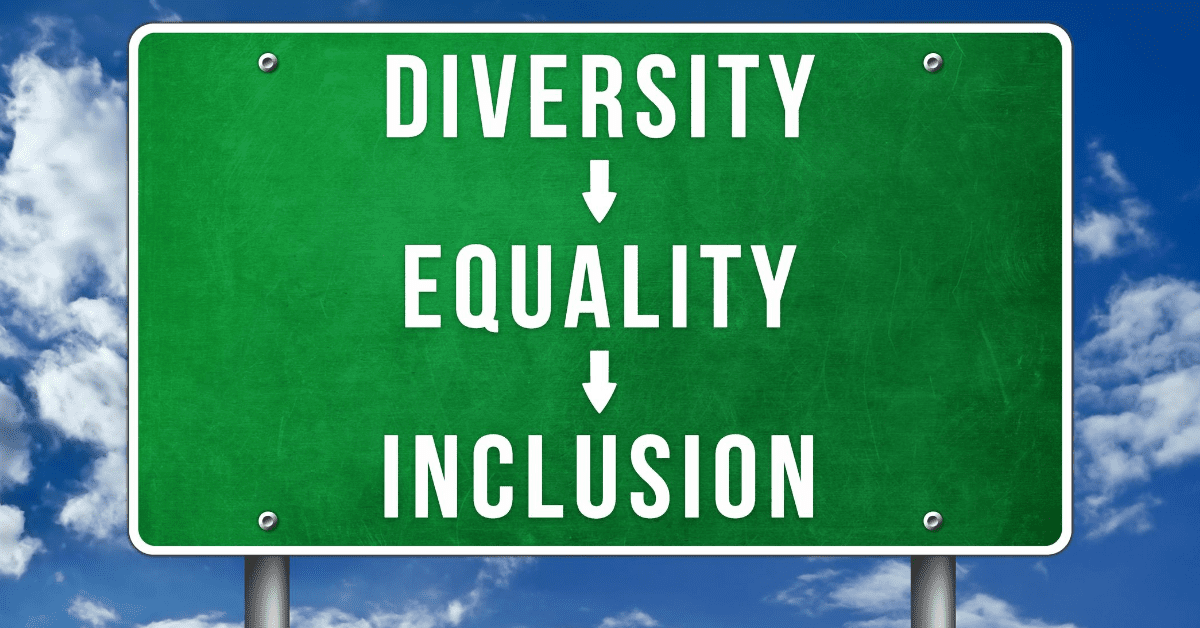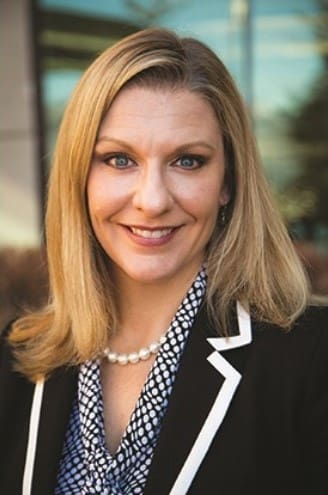
If you’re looking to build and retain your workforce you want to ensure you’re bringing on the top talent. Having a company that supports diversity, equity and inclusion initiatives can help with that goal.

Brigitte Orrick, director of recruiting and employee development for The Davey Tree Expert Company will be on a panel discussing this topic at LANDSCAPES 2020: The Virtual Experience. This session will also have Mari Medrano, human resources director for CoCal Landscape, and Richard Lehr, Esq. of Lehr, Middlebrooks Vreeland & Thompson P.C. and NALP HR and legal advisor, participating on the panel.
At “Focus on Diversity and Inclusion: Implementing Meaningful Initiatives In Your Organization,” this hour-long panel session will focus on the components of a successful program, including legal considerations, company culture, recruitment and marketing.
Orrick shares some of the best practices that will be covered during this upcoming session.
Start from the Top
In order to become a more diverse company, there has to be good buy-in and agreement amongst the executive leaders in a company.
“The tone has to be set from the top that this is going to be a pillar that our organization is going to stand on,” Orrick says. “It becomes part of the strategic plan. It receives funding resources for programming to be built and that will help to create a more inclusive workplace.”
She explains it is more than offering sexual harassment training or compliance-related training. Rather, it has to be something that is embraced by the organization.
Understand the Difference Between Diversity, Equity and Inclusion
Some may mistakenly consider these three terms are interchangeable but these are three different terms and approaches to doing business.
When it comes to diversity in the workplace, there are a number of protected classes that fall under diversity, including race and ethnicity, sexual orientation, age and veteran status.
“If you have good age diversity in the organization, you have wise sages that are skilled and experienced and that can pass that knowledge along to a younger workforce,” Orrick says. “If you have greater ethnic diversity within your organization, it will become attractive to more people groups to work in your organization. It actually makes your recruiting much easier.”
Equity as a concept suggests that an organization compensates its employees based on their experience without any fractures in gender or fractures in ethnicity.
“When I think about equity, does everyone have an equal opportunity to advance in an organization or are there systemic barriers for them to advance or to receive pay or wage increases?” Orrick says. “And then laterally across the organization are people being given the opportunity to have similar experiences so that they can build their resume, so they can build their skills.”
As for inclusion in an organization, this is when the leaders are being mindful to intentionally include people who are different from them and provide opportunities to be successful in the organization.
“It’s actually examining a workplace as a really safe place to work,” she says. “When it is inclusive, have opportunities for advancement regardless of protected class status, and pay gaps don’t exist based on equivalent knowledge, skills, abilities, education, or certifications.
Create Safe Spaces and Build Allies
Orrick says often people genuinely don’t know about others’ experiences and how they have grown up in their families or communities. She says you have to create safe spaces and get comfortable with having uncomfortable conversations.
“I think we all have to recognize we’re all in different stages of growth and development,” Orrick says. “We have to give each other a lot of grace to learn and not be so offended when people are really trying their hardest to understand.”
Keep in mind that asking people from minorities to represent their age, sexual orientation, ethnicity or race may not be a role they are interested in taking on. When building allies, Orrick advises protecting your people so they don’t get overtaxed.
“If you have an incredible foreman that is a person of color, feature that individual,” she says. “Consider lessening their workload in the fields that are associated with their day-to-day operations, so that they can have mentoring opportunities.”
“Don’t put an additional workload on minorities to create more burdens,” she continues. “Give them some bandwidth to mentor others. When you want to start diversifying your workforce, you have to find those champions in your organization that are willing to do hard work, that are willing to have uncomfortable conversations, while at the same time making people feel like they can still be a good contributor.”
One Step at a Time
If you are hesitant about enacting initiatives related to diversity, equity or inclusion, Orrick says it starts with understanding your workforce. Gather the numbers to understand the demographics of your current staff.
“That’s the starting point,” Orrick says. “It’s not actually building programs. You need to understand who is in your organization first. Do women and minorities experience greater turnover than white men? You have to ask some questions and do some research because that data helps inform your approach.”
Orrick advises companies to start small and start inviting people out of their comfort zone. She says if you try to do some big program all at once it may not be embraced. It can even create a toxic and uncomfortable workplace if it’s not done right.
“You may not get everyone to a place where they’re celebrating diversity, where they’re celebrating the LGBTQ community and going out and doing activist marches,” she says. “The goal has to be the very first step and that’s creating a safe workplace. A place where you can have diverse individuals succeed, where you can have equity amongst your workforce and be inclusive of those different people groups. Organizations will be able to build upon this win and continue making progress in the right direction.”
Want more information about implementing diversity, equity and inclusion initiatives? Attend LANDSCAPES 2020!

